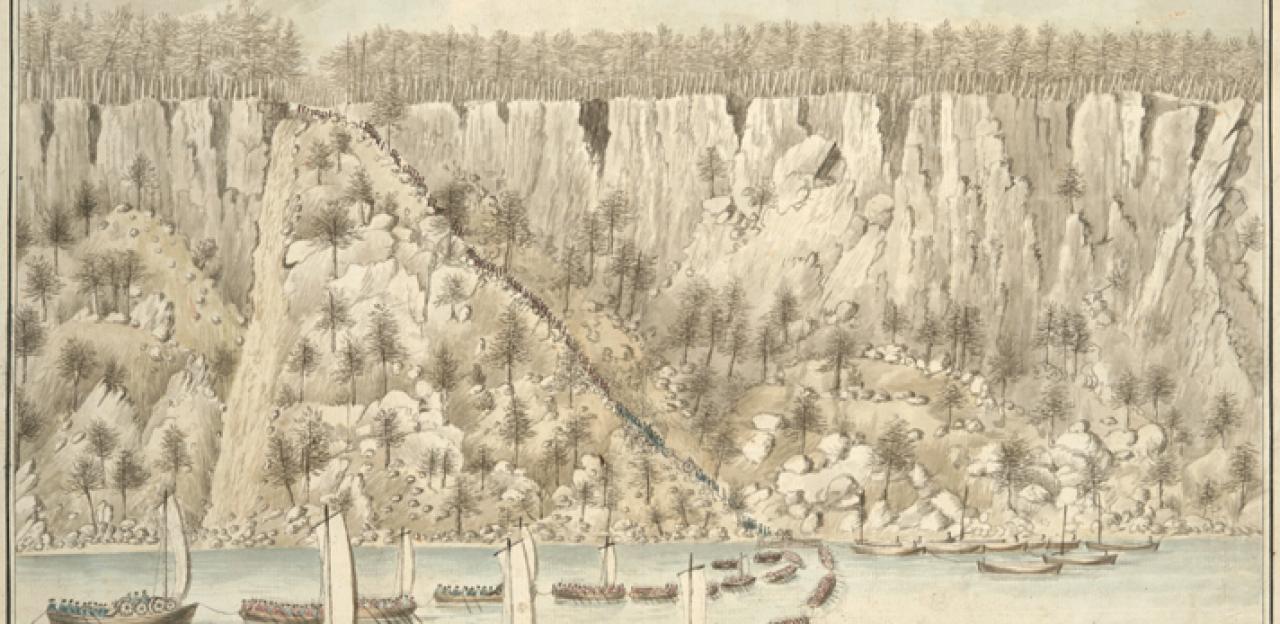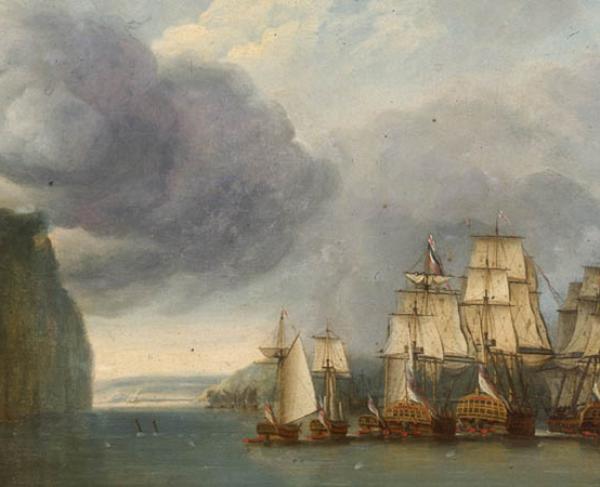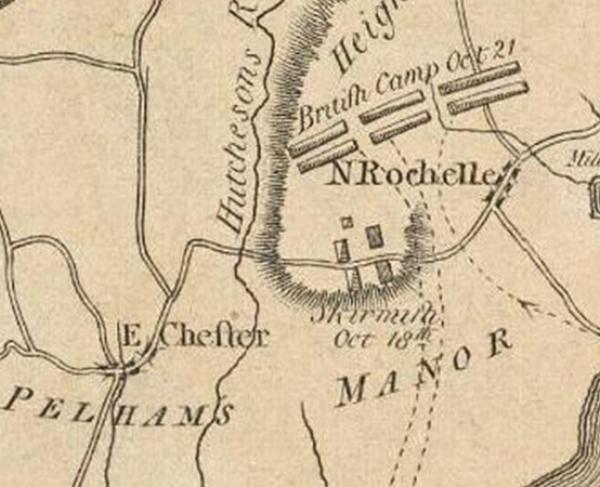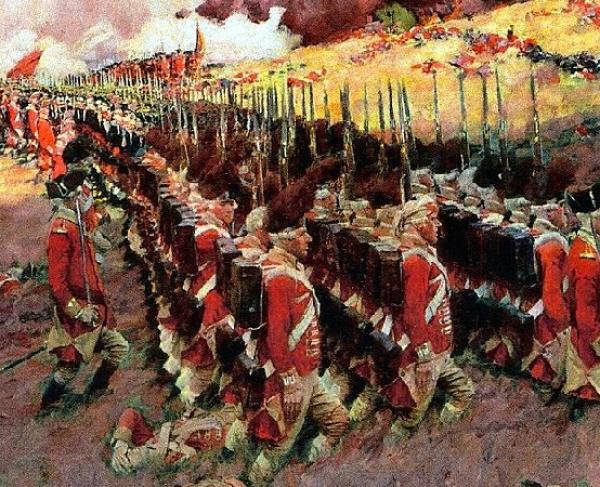Forts Washington and Lee

After Continental Army General George Washington was able to place artillery and fortify Dorchester Heights overlooking Boston in March 1776, the British forces found their 7 ½-year occupation of the city untenable and evacuated. The Revolutionary War now spread to New York and New Jersey as the new United States of America issued its Declaration of Independence on July 4. Both sides sought control of New York City and the vital Hudson River. The British, eager to respond to the Declaration of Independence and avenge the stinging loss of Boston, landed on Long Island in August 1776 and quickly swept aside Washington’s army. Thus began three months of maneuvers and fights, culminating in October with the Battle of White Plains and the American loss of New York. After White Plains, the only remaining American threat to the British were the garrisons of Fort Washington, on the New York side of the river, and Fort Lee, directly across on the New Jersey Palisades.
Built in June of 1776, Forts Washington and Lee guarded the Hudson River from British warships. On October 27, two British frigates were heavily damaged by the forts as they provided support for probing attacks on the Fort Washington defenses. The ships, whose guns could not elevate high enough to attack the forts, were saved only after being towed out of the line of fire.
With intelligence that General Washington had divided his Continental forces and the desire for control over the Hudson, 8,000 British and Hessian troops under the command of Generals William Howe and Wilhelm von Knyphausen attacked Fort Washington, filled with approximately 3,000 Americans, on November 16, 1776. After a long and difficult battle, the British and Hessians surrounded the fort and forced its surrender. While the British and Hessians suffered greater combat losses – with approximately 86 killed and over 350 wounded compared to 59 Americans killed and over 100 wounded, the rest of the American force—2,837 soldiers—were marched out of the fort by Hessian soldiers and forced into captivity. These men would serve a petrifying fate as the winter months approached. Crammed into unheated barns, sheds, and British prison ships, hundreds of prisoners from Fort Washington died of disease and physical hardship.
Four days later, British General Charles Lord Cornwallis and his Hessian counterpart Col. Carl von Donop landed 5,000 troops at the base of the New Jersey Palisades to attack Fort Lee and its now—unsupported 2,000-man force. Washington and his top generals, who had narrowly escaped Fort Washington, decided to evacuate rather than risk more troops. This withdrawal began the long retreat across New Jersey, ending with Washington and his army clinging to survival on the Pennsylvania side of the Delaware River as Christmas 1776 approached. At the same time as Fort Lee was being evacuated, Thomas Paine was writing The American Crisis, penning the words, “These are the times that try men’s souls.”
Related Battles
155
458
8
0


